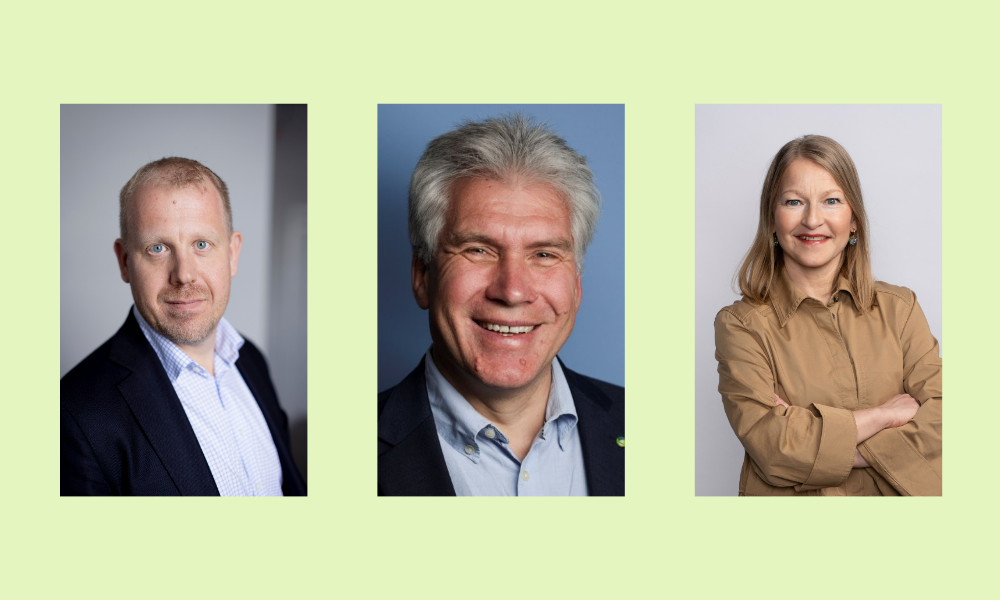Achieving recycling objectives requires cooperation within the sector and awareness raising

The Ministry of the Environment is currently preparing a new Circular Economy Act and simultaneously considers measures to promote the achievement of EU targets. In connection to legislative work the ministry will conduct an LCA assessment of the impact of expanding the collection of packaging waste to properties with fewer than five households.
The producer representatives have estimated this to increase the recycling rate only modestly. The business community, FPP, Sumi and Rinki have prepared a statement on the preparation of the Circular Economy Act. Its main message is that the most effective ways to increase the recycling rate are encouraging consumers to recycle and companies to sort plastic packaging for recycling instead of disposing it as energy waste.
Expanding collection increased recycling rate only modestly in Sweden
The experiences from our neighbour Sweden support the assessment by Finnish industry. There is an obligation in Sweden to provide a plastic collection bin in every household even in detached houses. The introduction takes place in phases and the model should be fully operational by the end of 2026. So far, it has been observed that collection of plastic waste from every household only slightly increases plastic recycling. However, the costs have increased by 100%.
-Collecting plastic packaging from every household is only one way of achieving recycling targets. It is important to ensure that the material of plastic packaging is designed to be recycled and that there is sufficient demand for recycled plastic, says Development and PR Manager Henrik Nilsson from Näringslivets Producentansvar i Sverige AB (NPA). NPA is a Swedish packaging producer organisation.
Development of recycling plants is vital
According to EXPRA Managing Director Joachim Quoden, achieving the 50% recycling target requires that the so-called 80/80/80 rule is fulfilled. This means that 80% of all packaging put on the market must be recycled, 80% of these must be sorted for recycling and an 80% recovery rate must be achieved in the recycling process. This requires efficient collection systems for households and public spaces (such as offices, stations and city centres), an extensive collection of business waste and modern sorting facilities and recycling processes.
– Achieving the target requires significant investments and close cooperation between all parties. In many countries cooperation is still lacking, and the dissemination of information is hampered even by business secrets, says Quoden.
Increasing sorting of plastic packaging is supported by communication and marketing
Improving sorting activity in households and at work is the point of departure to increase recycling. This requires changes in both attitudes and knowledge, which can both be affected by smart and encouraging communication and marketing. Rinki has prepared in collaboration with FPP and Sumi a new multi-annual marketing communication concept to promote a change in consumer attitudes and to provide up to date information on sorting of plastic packaging.
-Consumer communication and marketing efforts are targeted especially to sorting plastic packaging because that is where Finns have the most room for improvement. Even though many experience that they sort correctly and have a positive attitude towards sorting, still too much plastic waste ends up among mixed waste, reports Pirjo Hästbacka, Communication Manager of Rinki.
Currently Finns sort only 3-4 plastic packaging out of ten into plastic packaging collection bins. The aim of communication is ambitious, and we want to increase sorting to eight packaging out of ten. These measures support our journey towards reaching the EU plastic recycling target.
– Changing attitudes and behaviour is possible when the whole sector collaborates. We invite all stakeholders to join us in communicating, and we will launch the new campaign to the business customers of the producer organisations in the end of summer, says Hästbacka.